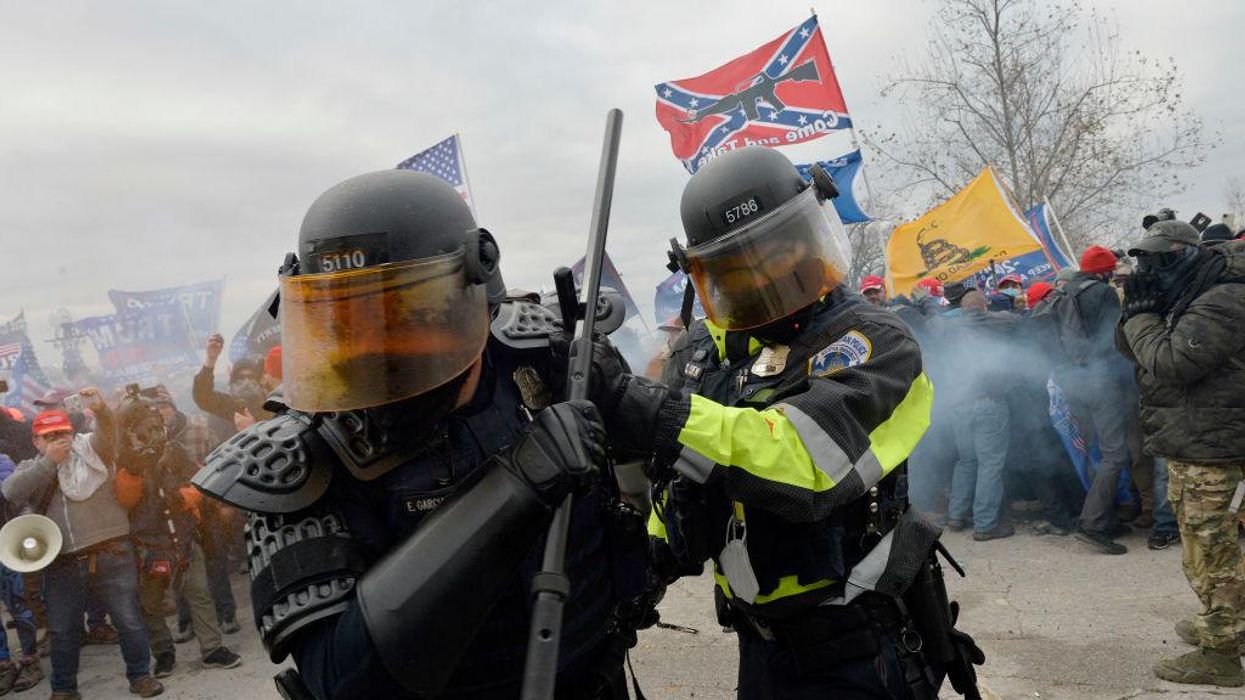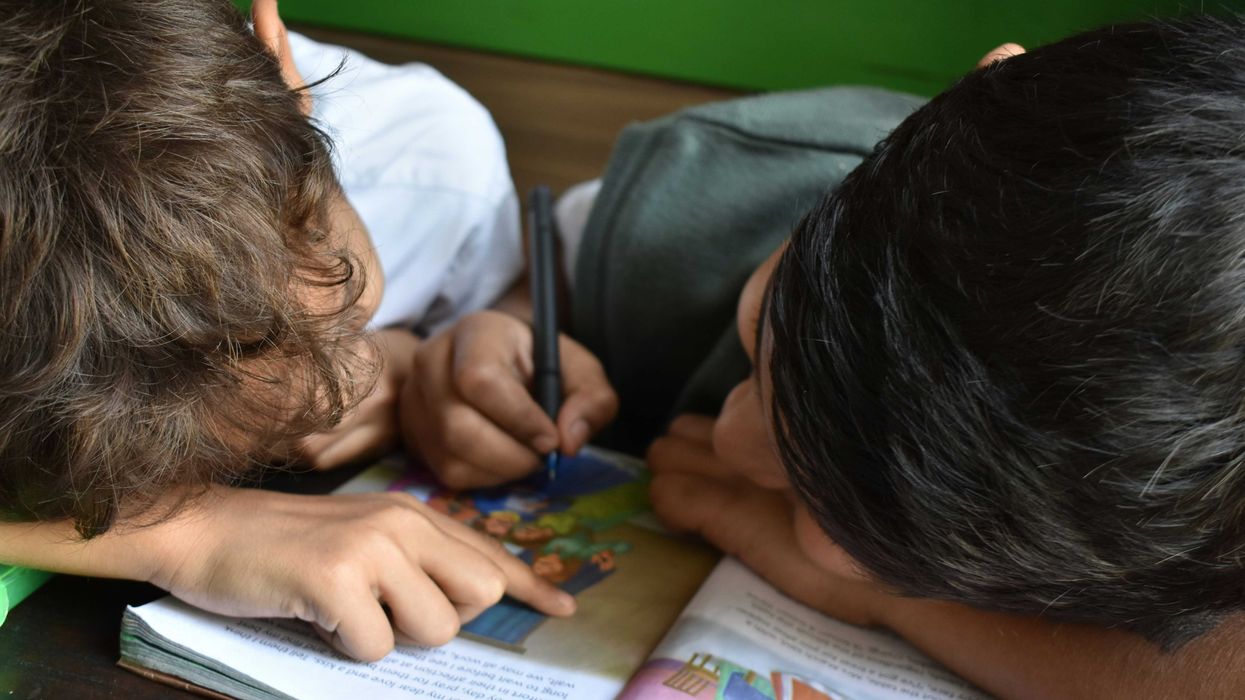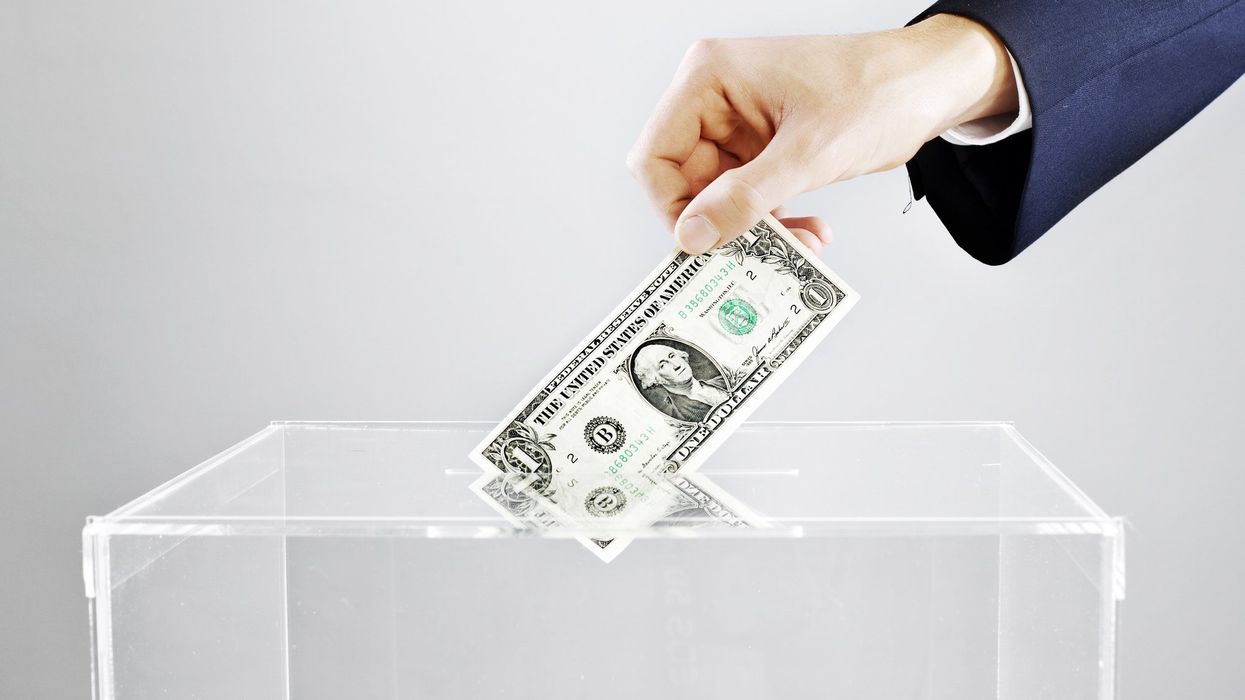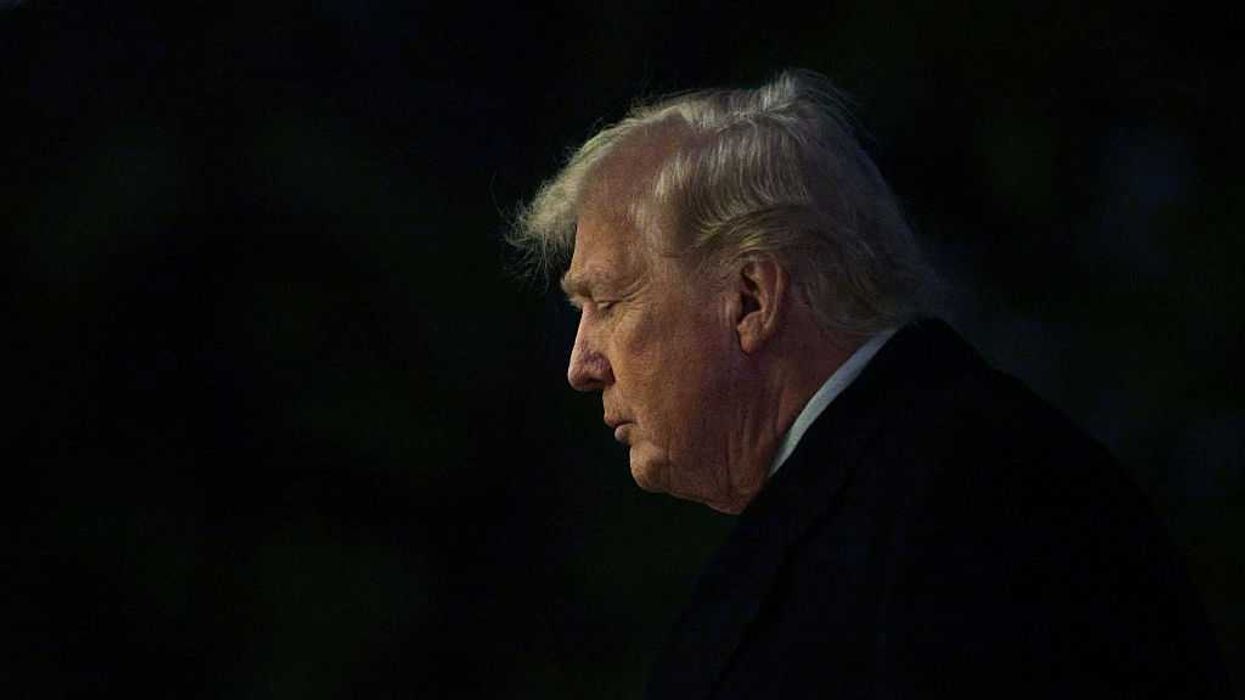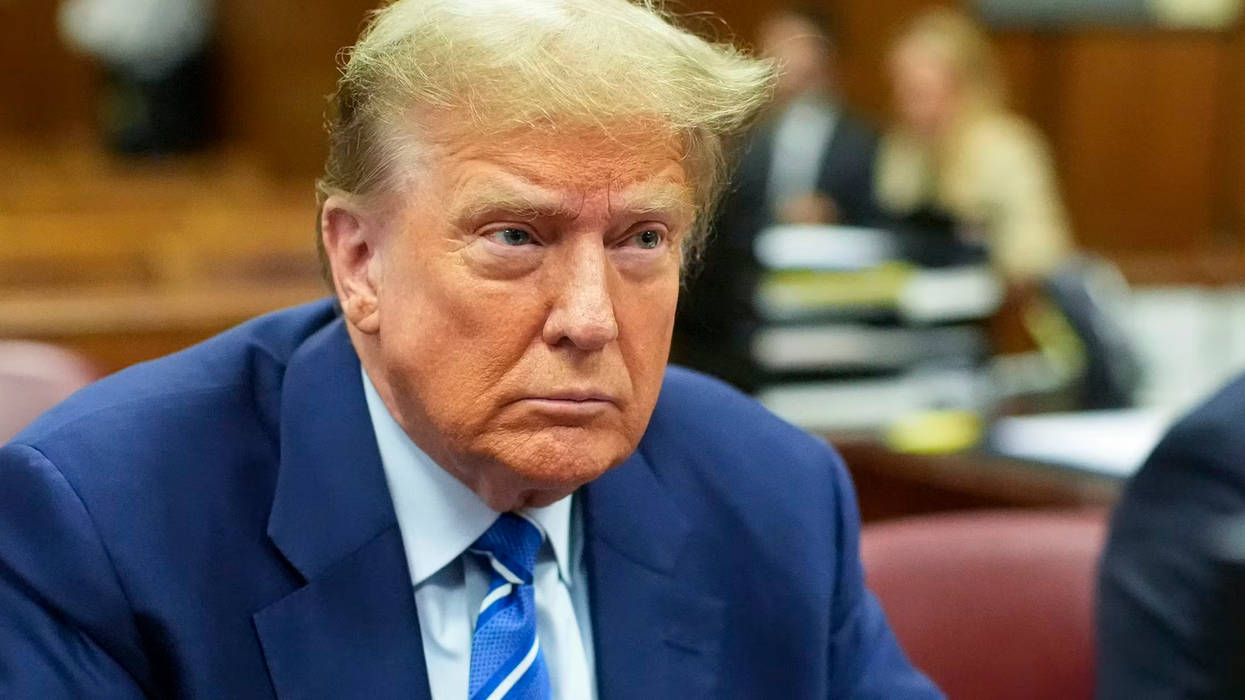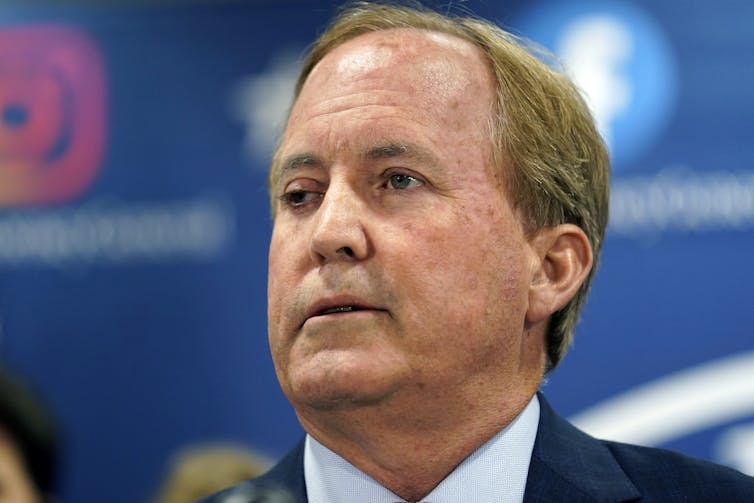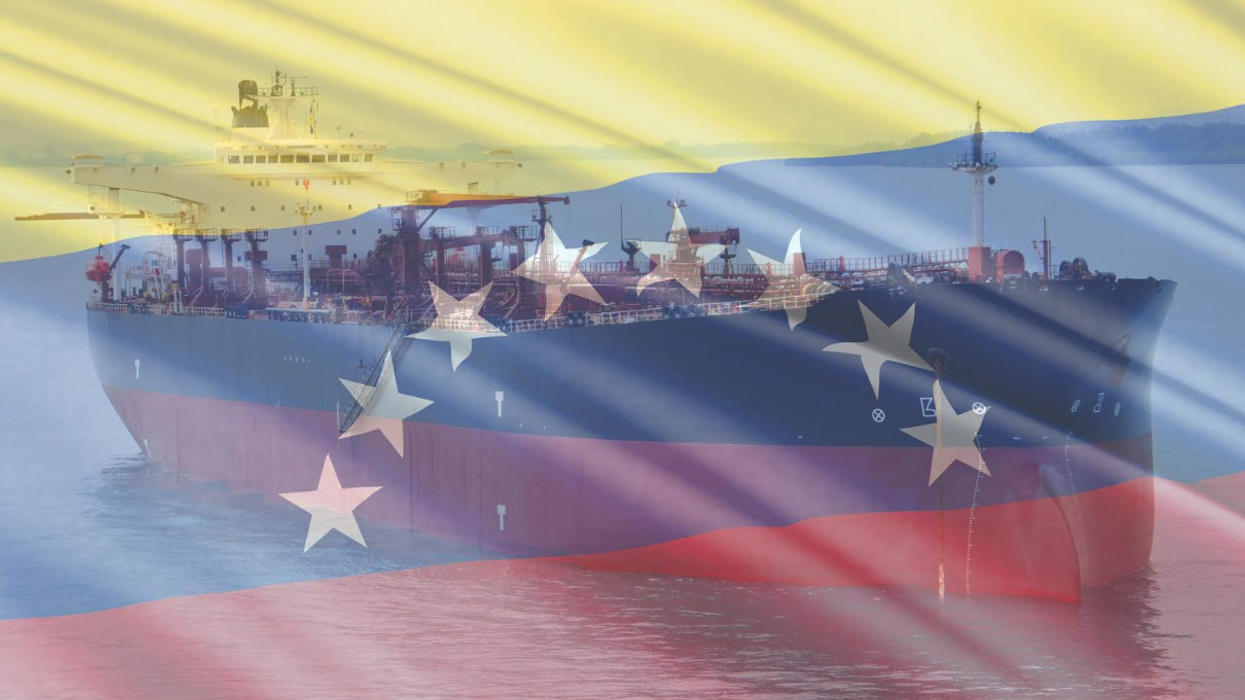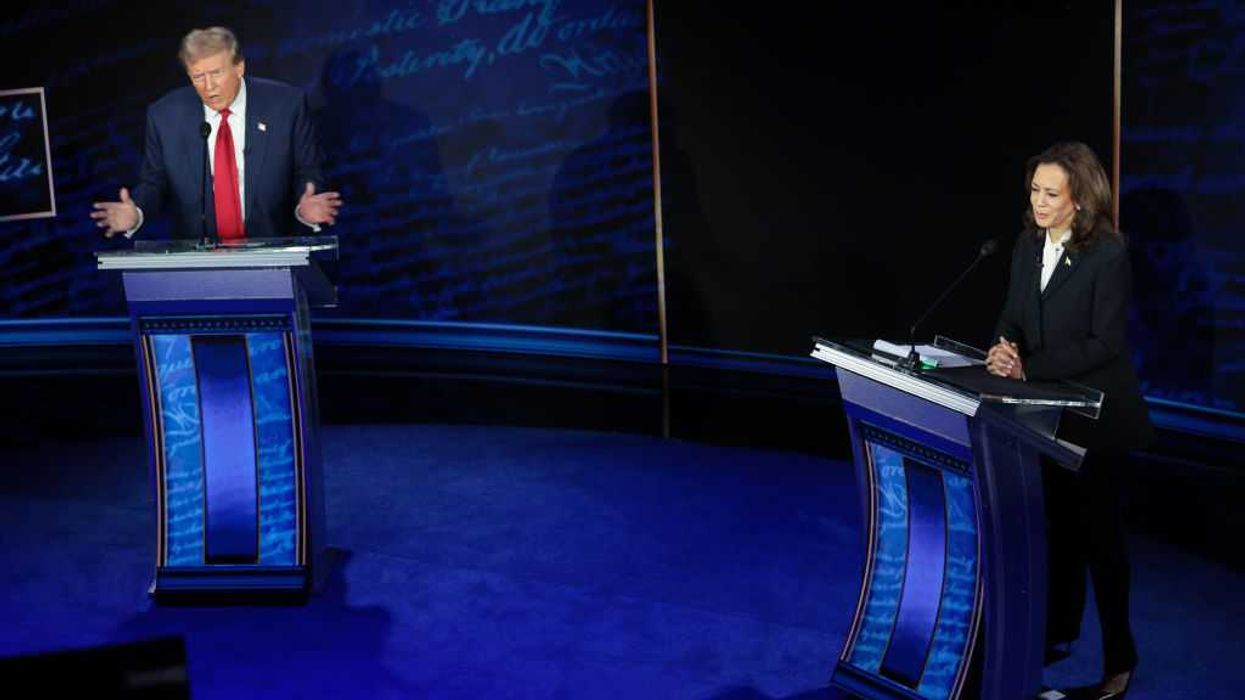We recently asked our readers: What do you find similar and dissimilar between the summer 2020 Black Lives Matter protests/riots and the Jan. 6, 2021, protests/riot?
The question evoked a wide range of very diverse responses:
The question was inspired by ongoing conversations with leaders in the bridging and social justice movements, about the tension and allowance or disallowance of different perspectives.
We must have done something right given the passions expressed. Some respondents felt that the mere asking of the question by The Fulcrum was dangerous and implied a false moral equivalency between the two events.
The Fulcrum believes that offering the opportunity for people to engage with others who have opinions different from their own is critical to the depolarization that is needed in this country.
At the same time, we believe it is our responsibility to not allow equal time or equal weight to racist, conspiracy or other false narratives. That would simply be unacceptable and we will not publish responses of that nature. Nor did we receive any.
Many of the responses we received showed the complexity of the question itself and we were gratified as to the nuance of the responses. While the responses were varied, they uniformly agreed that both protests were motivated by people who felt unheard and unrepresented. There was also uniform agreement that the major difference was the summer 2020 protests were based on documented injustices throughout society and the events of Jan. 6 were based on false claims of a stolen election.
We must allow for questions and deliberations to advance our nation.
Here is a sampling of the responses. They have been edited for length.
Lorelei Kelly:
I was in Portland and Seattle during the summer of 2020. I was also in D.C. on January 6th and out in the crowd the day before, including the December 12 protest and the prior night "Stop the Steal" gatherings in downtown D.C.
The most significant similarity to me was the anger directed against symbols of government. I got the sense that the authority the institutions confer was either non-existent or severely tattered and seen as illegitimate by the crowd.
I also noticed a distinctly different set of people at different times of day, i.e. during the day it was more a performative/protest crowd and then after dark it became far more menacing and sinister. Also, Stop the Steal in December was multiracial and alot about costumes and swag. I did not see any people of color on January 5th.
The military appearance of the January 6th crowd in DC was noticeably different. (ammo belts, camouflage, military gear, white supremicist tags) The Jan 6th crowd was being encouraged and amplified in real time by the President of the USA and his mouthpiece media. I saw/heard nothing equivalent in Portland or Seattle that would legitimize the menacing behavior or spur recruitment to the crowd from an institutional authority. NPR does not equal Fox and OAN. There is no “both sides” here.
The target of the crowds was specific, distinct and symbolic. In Portland, the protests went after the judicial system (courthouse and police stations) which are the institutions responsible for inflicting disproportionate injury on black Americans. (or failing to reform and regulate this injurious behavior)
In DC the Stop the Steal crowd which became a violent mob went after the Peoples' House on Capitol Hill -- i.e. attacking democracy and all that it represents.
John Grigg:
The question I would pose to bridge the divide in America: Why are The People so angry at their governments that they are resorting to violence as the means of redress? …
The truth is we are at a crossroads. If we cannot find a leader among The People to lead us out of this mess and to play hard ball with congress - we are doomed to the relegation of Rome: Over-extended, politically sterile, and full of bluster; until the mercenaries come to collect.
Of course there is much more to all of this and I have taken great liberty to summarize and everything is based on my own insight and assumptions.
Bottom Line: Americans are fed up with being controlled and have no real faith in the governing bodies anymore. If the government actually wanted to fix it they'd act to rebuild trust, limit government authority, control spending, and make the hard choices required to restore the nuclear family; but that's not PC.
You asked.
Kathy Goldschmidt:
This is probably more than you wanted, but ...
In my mind, the protests/riots of Summer 2020/BLM and January 6 are surprisingly similar at their cores. Both resulted from the pain and disaffection of people who do not feel heard, respected, and included. We can argue about the truths and fictions. Whether or not each group’s pain and disaffection are justified. Whether or not one group was more right than the other. Whether or not one group or the other was basing their actions on misinformation. Whether or not the violence attributed to one group was actually the result of infiltration and actions by the other. And these are extremely important things to define and understand. But, for me, what it comes down to is that a lot of Americans do not feel included in our local, state, and federal decision-making. They do not feel heard or represented. They do not feel respected. And they are lashing out accordingly.
This is something that our leaders—especially those in our deliberative bodies (town and county councils, state legislatures, Congress)—need to grapple with head-on and soon. They are the bodies responsible for representing all of their constituents and making decisions with engagement and input from the full gamut of stakeholders. They are the ones that must demonstrate they are taking into account the diversity of perspectives and making wise decisions that everyone can trust, even if they don’t always get their way. Our elected leaders are beholden to everyone they represent, and they must proactively demonstrate they are listening, discerning, and acting based on more than just party lines; ideologies; the loudest voices; and the interests of the moneyed elites who have the time, resources, and knowledge to make their voices heard.
There are, of course, so many ways the two were different. But the similarities lie at the heart of where I see both the approaching tragedy and the remaining hope of our republic. I really believe that, if we can bring all voices to the table in honest, equitable, and respectful ways to work things out together, we might be able to defuse the pain and violence and bring about a better way forward for everyone. But it depends a lot on our leaders wanting to bring us together rather than forcing us apart.
Subramaniam Vincent:
It would be easy to start with how dissimilar the Jan 6, 2021 insurrection and the BLM summer 2020 protests and riots were. But let’s start with the similarities first, because there are some.
Both were profound examples of collective human agency at work to bring about change. In both cases there were large numbers of peaceful protestors. In both cases elected political leaders supported the movements. In both cases, public property was attacked, with the insurrectionists of Jan 6th singularly attacking the seat of the US Congress itself. Both had violent protesters. Both Jan 6, 2021 and BLM summer '20 were triggered by singular events. Jan 6th was triggered by the former president’s election loss. BLM protests were triggered by George Floyd's killing on video by a white police officer even after Floyd had followed orders. Another similarity: social media helped both movements organize, build networks and spread the word.
The dissimilarities are striking. BLM protests were an outpouring of human agency and an assertion of democratic power of the people. They were bottom-up, and not led from the top by a single leader. They drew moral power from the long-running truth about systemic and brutal racism in the American police and criminal justice systems. On the other hand, the Jan 6, 2021 insurrection was based on a big lie, i.e. the opposite of the truth. It attempted to stop an election results certification that had survived multiple rounds of audits and evidence-based court battles. It was the definition of anti-democratic. It was both top-down, created and led by a supreme leader in the GOP, and bottom-up, fueled by a conspiracy theory started by the former president in early 2020 to intentionally stage a counter-punch movement in the event of an election loss.
BLM summer ’20 came in the backdrop of protests and riots running from 2014 in Ferguson through several more police killings of black men and women, all the way to George Floyd and Brionna Taylor in 2020. They were largely peaceful with some incidents of violence, while at the Jan 6th protests, a small number of frontline extremists had shockingly come prepared to enact executions such as hanging the Vice President. While there were peacefully gathered protestors on Jan 6th who did not attack the capitol, they also believed and still believe in the big lie. They formed the reservoir of sentimental support and legitimacy for the actual insurrectionists. They lost the capacity to judge, because they were lied to repeatedly by their leaders. (Hannah Arendt said when you lie to people repeatedly, they lose their capacity to judge.)
The Jan 6th insurrection was largely an action taken by white people. The organizing groups who attacked the capitol, were overwhelmingly white, and included people carrying Confederacy symbols evoking nostalgia for a past where white power was unquestioned in American democracy. The BLM summer '20 movement on the other hand was a visible multiracial and democratic coalition, with people from a range of racial, caste and ethnic and marginalized groups.
Richard Davies:
The January 6th attack on Congress was a riot, not a "coup" or "insurrection." Most BLM protests across the country were peaceful, but there were examples of rioting in several cities.
BLM protests were nationwide. The January 6th riot was in one place — outside and then inside the U.S. Capitol building.
BLM protests had no single leader. On January 6th a "Stop The Steal" protest organized by President Trump and his supporters turned into a riot on the Capitol Steps, and then became an attack on Congress itself.
Both BLM protests and the January 6th riot involved people who felt that they had been ignored or dismissed by "the establishment." Many supporters of both events felt their voices were not being heard.
Neither BLM protests nor the January 6th riot were carefully choreographed events. Several BLM protests got out of hand and turned into riots where properties, including small businesses, were looted or attacked. The January 6th riot also spun out of control. While many Trump supporters appeared to be relaxed and either went home after the morning's speeches or strolled past the Capitol, hundreds others engaged in violent and threatening behavior.
Herb Stephens:
My take on Jan 6 events and contrast to BLM: Jan 6 is a gridlock situation that is going to result in U.S. civil war. No joke. I see no pressure outlet, one side holding firm to prosecuting Trump, the other side holding firm to reelecting him President. And neither side can or will give any ground. THIS is what will drive us to civil war I am very, very sorry to conclude. -Herb Stephens, San Francisco.
Julia Shay:
Similarities:
- Most participants were peaceful. A smaller number were violent.
- Damage was done to buildings.
Differences:
- The BLM protests were in response to actual events: police killings of way too many unarmed Black people over many, many years.
- The Jan. 6th incident was a response to a purposeful lie told to voters by people they trusted for the purposes of overturning an election.
- No BLM protest involved bombs.
- BLM protestors did not bring zip ties to tie up other human beings for the purposes of executing them.
- BLM protestors did not bring bear spray to attack police.
- BLM protestors did not beat on police officers with American flags.
- BLM protestors did not threaten to kill a police officer they were beating on with his own gun.
- BLM protestors did not harm 145 police officers and cause the death of others.
- BLM protestors did not chant about killing other human beings.
- BLM protestors did not organize a way to quickly bring in hundreds of guns to a city that does not allow guns, so as to use them to overturn an election. They did not use social media to organize a plan to use violence to make their point.
- When BLM protesters showed any kind of resistance, police used all of the weapons at their disposal to disperse the crowds. They came prepared to BLM protests for rioting behavior. On Jan. 6th, they were unprepared for rioting behavior.
Susan Simmons:
The difference I find most striking between the BLM protests and the January 6th insurgency is this:
The BLM protests were based on a response to actual events. The graphic footage of the murder of George Floyd provoked outrage worldwide. It was seen on network television by hundreds of millions. It resonated so profoundly because it distilled the lived experience of so many for so long.
The January 6th riot, on the other hand, was based on carefully curated lies, cynically spread for profit and power. It was only made possible by the internet and by algorithms designed to provoke outrage and appeal to confirmation bias.
Real-time records of events, proudly taken by the participants and proudly shared online demonstrates belief in a completely different "reality". In this reality, the participants are patriots who are protecting the constitution and their country. It's a "through the looking glass" view of the world that resists any intrusion by facts.
Measures can be enacted to counter the racism endemic in the U.S. But what can be done to counteract the insidious work of those whose desire is to subvert democracy, especially when they've got such powerful tools as Facebook and such fertile ground as self-righteous and easily-led followers?
Bruce Bond:
Similar
- Protests were lawful and a reminder of our right to express our views (think about government reactions to recent protest activity in Russia and China)
- The riots were totally unjustified. Anger, even if justified, is no excuse for the kind of violence that occurred. In both cases, people died and property was damaged or destroyed.
- The motive was similar for both sets of protesters: they feel their voices are not being heard and they believe they have been, are, or will be experiencing real consequences because of that deafness.
- They both generated an enormous volume of public responses from across the country. Responses came even from corporations who generally are inclined to stay out of social and political conflict.
- Some of the public responses were not well-motivated. They were intended to increase support for a particular tribe’s political narrative, virtue signal or defensive in that response was put forth to avoid any backlash for staying silent.
- There was support from senior leaders of our country for protesters and rioters in the BLM events (Senator Harris) and Jan 6 (President Trump).
- The national media response and coverage levels and angles largely followed the outlets’ ideologies.
Dissimilar
- BLM protests were about justice while Jan 6 was about liberty (editorial note: the Pledge of Allegiance equally weighs liberty and justice. IOW, these are principles that the country was founded on and need to be supported and manifested in law, policy, commerce and individual experiences).
- The “tribes” were different, BLM was more left/Dem, Jan 6 was more right/Rep.
- The consequences of the riots (not the protests) were on different scales. BLM rioters destroyed property and committed robbery, which, unfortunately, are fairly common occurrences. Jan 6 was unprecedented in recent American history. Rioters attempted (but failed) to stop the government from carrying out a crucial constitutionally provided process at the heart of democracy in America.
- Internationally, the death of George Floyd sparked protests not just in the US but in other nations as well. The storming of the Capitol caused nations to downgrade their confidence in America as an oasis for democracy, thereby strengthening the position of more authoritarian American adversaries.
- Longer-term, the impact of the BLM protests is a more widely acknowledged acceptance that racism is something the nation (and world) must address and that in this country police reform of some kind needs to take place. For Jan 6, the longer term impact is the severe damage to the credibility of the electoral process that remains in the hearts of tens of millions of Americans. Elections are the epitome of democracy in action, and our ability to maintain a democratic system weakens if they aren’t trusted.
- With BLM many citizens and leaders condemned the violence, but many others either supported or expressed understanding as to why it happened. With Jan 6, condemnation was universal across the nation.
- BLM has resulted in some progress toward a less racist society. The real lesson of Jan 6 was that our divisions are dangerously deep, and that the voices crying in the wilderness warning us of the risk polarization poses to the country are not crying wolf. But those lessons are largely either missed or ignored.
Jeff Prudhomme Excerpted:
My take? My take is that this question’s framing is misleading at best and harmful at worst.
The question is misleading because it imposes a symmetrical frame on an asymmetric reality, which is an act of distortion.
…
The question is harmful in the way it soft pedals the January 6th insurrection with the phrasing of “protests/riot.” This framing obscures the fact that this was an attempted coup.
…
My take? My take is that you should have asked some of the following questions. Will the bridging movement turn itself into a mass movement for democracy—rather than a movement for civility/bipartisanship? These are not the same things. You can have civility in an autocratic state. In a bipartisan system, you can have a party that turns against democracy, a party that is antidemocratic. Indeed, the success of such antidemocratic parties is how democracies around the world have turned into autocracies. Will the US soon join that fate? And will the bridging movement neutrally observe this passage, or will it prioritize democracy and democratic processes even, or especially, when they conflict with the civility preferences of antidemocratic forces?
Is the bridging movement capable of recognizing that an antidemocratic party can emerge within a democracy? If so, how will the movement deal with the threat to democracy posed when a political party turns against democracy? Will the movement provide cover for that party, or will it act to resist its attempts to subvert our democracy? What will the bridging movement do to rescue and revitalize our democracy?





